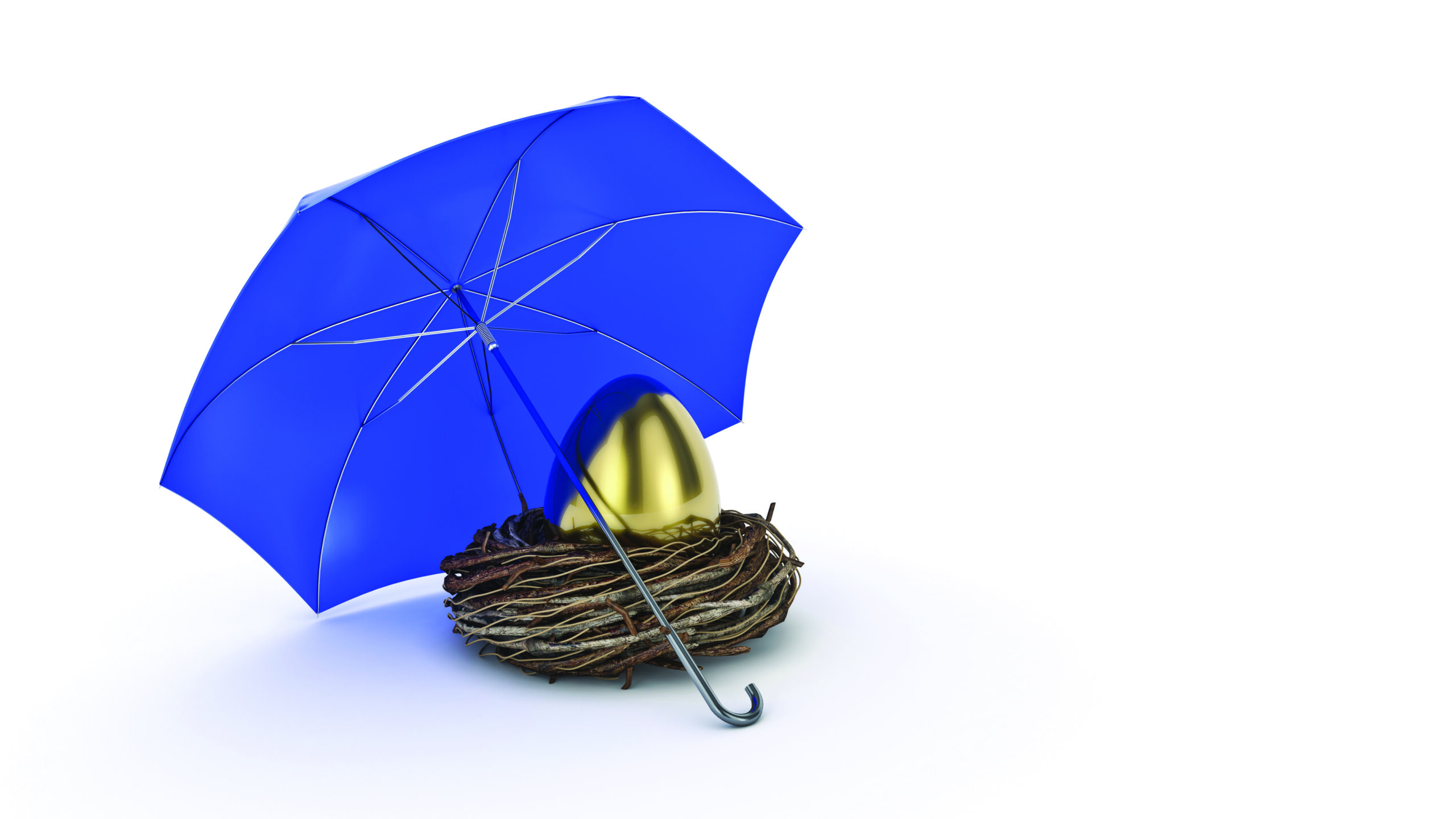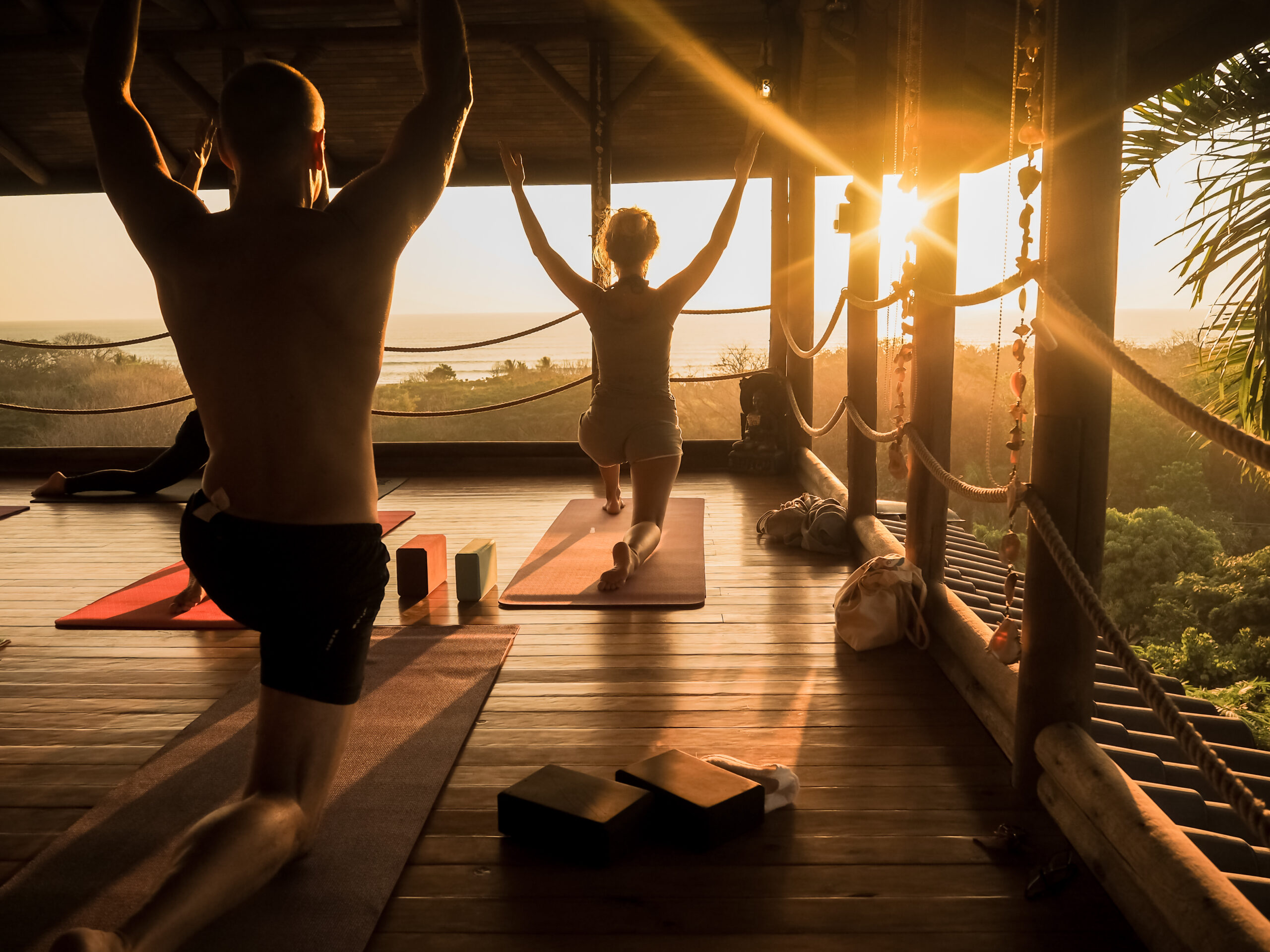by Brandy Abalos
Spending time outdoors is a fantastic way to relax, have fun and get some exercise. But before you head out on your next adventure, it’s important to take some precautions to ensure your safety. The outdoors can be unpredictable, and accidents happen. You can minimize your exposure to risks to protect yourself.
Plan Ahead for the Outdoors
You can plan ahead by researching potential hazards at your destination, like dangerous terrain, wildlife encounters or even fluctuating weather patterns. This allows you to pack the necessary gear and clothing to navigate these challenges safely. Imagine getting caught in a downpour without rain gear or encountering unexpected obstacles on a hike without proper footwear. Planning mitigates these risks.
Maximize Enjoyment by Knowing What to Expect
Knowing what to expect regarding the environment, distance and difficulty level allows you to choose the right activity for your skill set and fitness level. This ensures you’re not pushing yourself beyond your limits and can instead have a fun and enjoyable experience. Packing the right supplies, like snacks and entertainment for long hikes, also keeps you comfortable and prevents unnecessary disruptions.
Dress for the Conditions
The right clothing protects you from the elements and keeps you comfortable throughout your adventure. For example, wearing layers allows you to adjust to changing temperatures. Being cold or wet can quickly lead to hypothermia, while overheating can cause dehydration and fatigue. Proper clothing safeguards you from these dangers and lets you focus on enjoying the activity.
Wear Clothing Appropriate for Your Activity
Functional clothing designed for specific activities allows you to move freely and perform at your best. Hiking boots provide ankle support on uneven terrain, while moisture-wicking fabrics keep you dry during strenuous exercise. Wearing ill-suited clothing can restrict movement, cause chafing and hinder your overall enjoyment of the activity.
Pack Your Gear Carefully
Pack the essentials first, like clothing, shelter (if necessary), food, water and a first-aid kit. Once these necessities are accounted for, you can add activity-specific gear and any comfort items. Packing cubes, stuff sacks and compression sacks help compartmentalize your gear, maximizing space and making it easier to find what you need. Place heavier objects closer to your back for better weight distribution and balance. Lighter items, like sleeping bags or puffy jackets, can fill in empty spaces. By following these packing principles, you can ensure your outdoor adventure is well-organized, comfortable and enjoyable.
Prepare for Potential Accidents
Even with the most cautious approach, unexpected situations can arise. Being prepared for potential accidents minimizes panic and allows you to react effectively. Preparation helps you deal with minor injuries or emergencies efficiently, preventing them from escalating into more serious situations.
Pack a kit with basic medications, as well as supplies to treat minor cuts, scrapes, blisters and insect bites. Consider taking a first-aid course to learn how to use the kit effectively. Bring a fully charged phone or a personal locator beacon (PLB) if venturing into remote areas with limited cell service. Knowing how to use these devices can be crucial in summoning help during emergencies.
Use the Buddy System
“There’s safety in numbers.” Having a buddy allows you to keep an eye on each other, especially in unfamiliar territory or during challenging activities. They can help you avoid hazards, spot potential dangers you might miss and provide assistance if you get injured or lost.
Two sets of eyes are better than one. Your buddy can help you stay alert and aware of your surroundings, which can be crucial for avoiding accidents or wildlife encounters. They can also remind you to stay hydrated, take breaks and adjust to changing weather conditions.
Stay Safe When Engaging in Outdoor Activities and Adventures
By taking precautions, you’re not just protecting yourself but also those adventuring with you and the natural world around you. It allows you to relax, focus on having fun and create lasting memories of your outdoor adventures.
Planning and preparation are the foundation for a safe, enjoyable and respectful outdoor adventure. By taking the time to plan ahead, you’re setting yourself up for a successful and memorable experience.








Leave A Comment